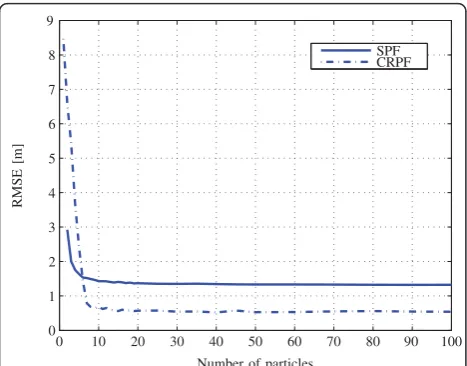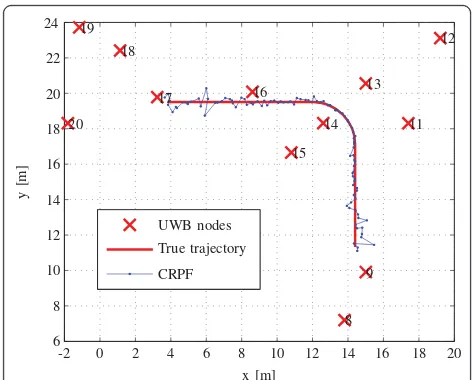Bayesian filtering for indoor localization and tracking in wireless sensor networks
Full text
Figure
![Figure 1 L-shaped trajectory of the robot along with the location of UWB sensors [11].](https://thumb-us.123doks.com/thumbv2/123dok_us/957294.1117183/3.595.56.542.89.452/figure-l-shaped-trajectory-robot-location-uwb-sensors.webp)
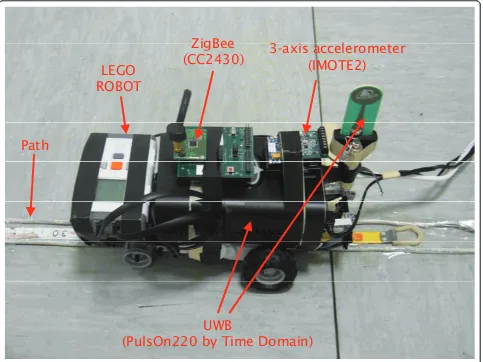
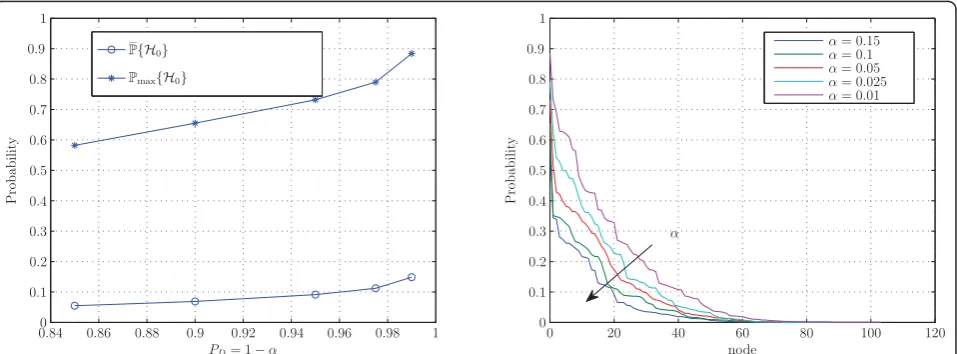
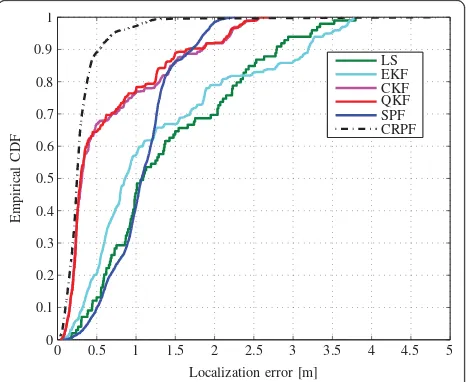
Related documents
Table 1 shows the results of analysis for physico-chemical properties including analysis of moisture content, organic matter content, specific gravity, pH and
penconazole, myclobutanil and triadimefon by cyclodextrin-modified micellar electrokinetic chromatography (CD-MEKC) under acidic condition was investigated with
Based on the composition sensor data, there was a delay of approximately 6 min for compositional changes to reach the flow control chip after being generated in the HPLC pump.
While we argue that disseminating financial information ( iDisc ) on Twitter improves a firm’s information environment to reduce the cost of equity by enhancing
Visual Cryptography (VC) is a cryptographic technique based on visual secret sharing used for the encryption of image.. Implementing k `out of n (k, n) visual secret sharing scheme, a
Although neglect and emotional abuse are the most common causes of child protection plans in England and Wales, neglect and emotional abuse are relatively invisible in newspaper
The English Springer Spaniel, that often had a brown coat color, had a high proportion of striped red and brown nontapetal area (51.3% of all in this breed) often Figure 1 Examples
